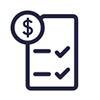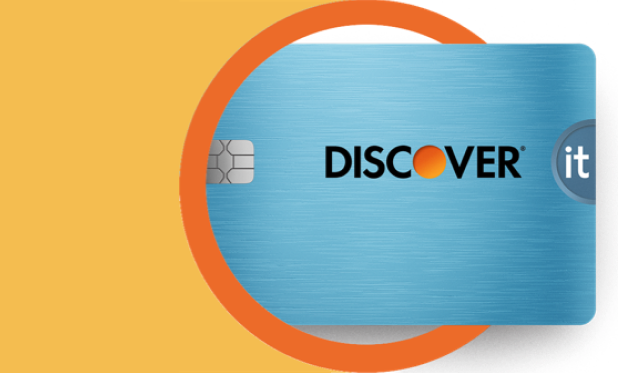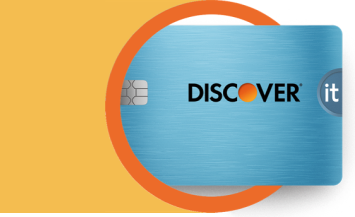Have you seen the term “available credit” in a message from your credit card issuer? Or in your issuer’s online interface? It’s a common term, but it’s not always clear what available credit actually represents.
Your available credit is the amount of credit you have left to spend on your credit card before you hit your credit limit. It’s easiest to understand with an example.

What Does Available Credit Mean?
Next steps


See rates, rewards and other info
You may also be interested in
Was this article helpful?
Was this article helpful?
-
Legal Disclaimer: This site is for educational purposes and is not a substitute for professional advice. The material on this site is not intended to provide legal, investment, or financial advice and does not indicate the availability of any Discover® product or service. It does not guarantee that Discover offers or endorses a product or service. For specific advice about your unique circumstances, you may wish to consult a qualified professional. Third party trademarks are the property of their respective owners, and use of those trademarks does not imply any affiliation with or endorsement by them.




